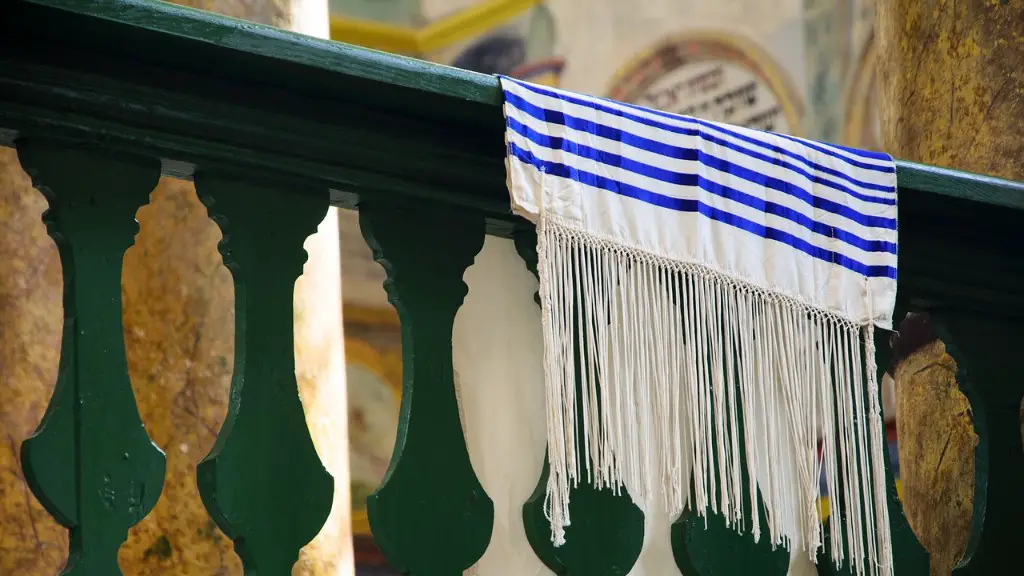Reform Judaism is a progressive form of Judaism that seeks to adapt the tradition to meet the needs of contemporary Jews. Orthodox Judaism is a traditionalist form of Judaism that adheres to the strict letter of the law. Both forms of Judaism have their own rabbinic authorities, but Orthodox Judaism is generally considered to be more conservative.
There are three major differences between Orthodox Judaism and Reform Judaism. Orthodox Judaism views God as completely separate from the world, while Reform Judaism views God as being immanent (present) in the world. Orthodox Judaism also believes that the Torah was revealed to Moses by God and is binding on all Jews, while Reform Judaism believes that the Torah is a human document that should be interpreted in light of changing times and values. Finally, Orthodox Judaism prohibits intermarriage, while Reform Judaism accepts it.
What’s the relationship between Orthodox Judaism and Reform Judaism?
Orthodox Judaism believes that both Conservative and Reform Judaism have made major changes to historic Judaism that are unjustifiable. These changes include skepticism of the verbal revelation of the Written and the Oral Torah, and rejection of halakha (Jewish law) as binding.
Orthodox Judaism is the original form of the faith, and it adheres strictly to the teachings of the Torah. Reform Judaism, on the other hand, adapts to changing society. This means that Reform Jews are more willing to incorporate modern values and beliefs into their practice.
What is the difference between Orthodox and Reform Bar Mitzvah
The bar/bat mitzvah is an important milestone in the Jewish faith, marking the point at which a child becomes a adult in the eyes of the community. In Orthodox communities, boys become bar mitzvah at 13 and girls become bat mitzvah at 12, while in most Reform, Reconstructionist, and Conservative communities, the milestone is 13 regardless of gender. The bar/bat mitzvah ceremony is usually followed by a party or celebration, where family and friends can come together to celebrate the child’s coming of age.
Reform Judaism is a major Jewish denomination that emphasizes the evolving nature of Judaism, the superiority of its ethical aspects to its ceremonial ones, and belief in a continuous search for truth and knowledge, which is closely intertwined with human reason.
What is Reform Judaism in simple terms?
Reform Judaism is a religious movement that has modified or abandoned many traditional Jewish beliefs, laws, and practices in an effort to adapt Judaism to the changed social, political, and cultural conditions of the modern world.
It is important to note that there are three main currents of Judaism (Orthodox, Conservative and Reform). Within each of these traditions, there are divisions called movements. For example, the Orthodox tradition includes Hasidic, Haredi and Modern Orthodox movements.
How do you convert to Reform Judaism?
The requirements to convert to Reform Judaism vary depending on the Rabbi. However, most Reform Rabbis require prospective converts to take a course in Judaism, participate in worship at a synagogue, and live as a Jew for a period of time. These requirements help the prospective convert learn about Judaism and decide if they are truly committed to converting.
It is believed by some that the entire halakhic system is ultimately grounded in immutable revelation, and is beyond external influence. Key practices that are observed by those who hold this belief are observing the Sabbath, eating kosher, and Torah study.
What are the characteristics of Orthodox Judaism
Orthodox Jews tend to identify as Republicans and take conservative positions on social issues such as homosexuality. On average, they also are more religiously committed and much younger than other US Jews, and they have bigger families.
Reform Judaism does not have any specific religious dress requirements. However, members of Reform synagogues may dress according to their own personal preferences or the dress code of the synagogue, which generally ranges from business casual to informal. Cultural considerations also play a role in determining what type of dress is appropriate for Reform Jews.
Can a woman wear pants to a bar mitzvah?
The bar or bat mitzvah dress code depends on the synagogue. Men are typically expected to wear a suit or slacks and a tie. Women should wear a modest dress or formal pantsuit. Avoid anything that shows a lot cleavage or leg.
There are many traditions associated with becoming a bar or bat mitzvah. One of the most common is a celebration with friends and family. This is often a time when young people share their thoughts on their religious beliefs and commitments.
Do Reform Jews observe Shabbat
Reform Jews allow for more flexibility when it comes to Shabbat observance. While they ideally would like to keep Shabbat, they understand that life can sometimes get in the way. Therefore, they may light candles after sunset and may alter the timings of symbolic rituals. It is also permissible for Reform Jews not to keep Shabbat if, for example, they are on holiday.
Reform Jews have the view that we should act the way we hope a messiah would act. They focus more on the goal of the Messianic Age. They will bring about this time by keeping the commandments and doing what God wants. Jews believe that the non-physical nature of God makes it difficult to describe him.
What is Reform Judaism also called?
Reform Judaism is a major Jewish religious denomination that arose in the first decades of the 19th century, mainly in Germany. It has flourished especially in the United States, where about 750,000 Jews are affiliated with it. Reform Judaism is also known as Liberal or Progressive Judaism.
The Reform Jews were a group of Jews who wanted to change some of the traditional practices of Judaism. They encouraged rabbis to conduct services in the language of the people instead of in Hebrew. They also introduced choral singing into services. They replaced the Bah Mitzvah with a confirmation ceremony. And they abandoned circumcision as a religious practice.
Final Words
There are a few key ways in which Reform Judaism differs from Orthodox Judaism. One key difference is in the interpretation of Jewish law. Reform Jews tend to interpret Jewish law in a more flexible way, while Orthodox Jews take a more literal approach. Another key difference is in the role of women in religious life. In Reform Judaism, women are equal to men in all aspects of religious practice, while in Orthodox Judaism, women may have more limited roles. Finally, Reform Judaism generally embraces a more liberal perspective on social and political issues, while Orthodox Judaism tends to be more conservative.
Reform Judaism is a more liberal form of Judaism that began in the 19th century. Orthodox Judaism is the more traditional form of Judaism that has been practiced for thousands of years. Both Reform and Orthodox Judaism have their own distinct beliefs and practices.


